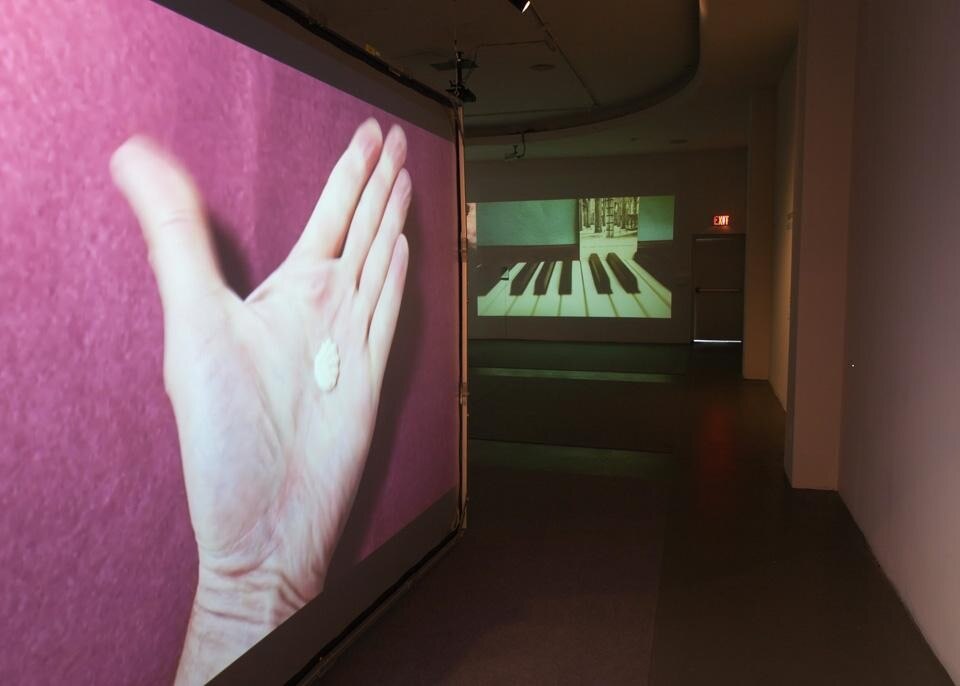Steve Roden's intricate Shells, Bells, Steps And Silences, on view at Hollywood's LACE Gallery, makes reference to Cage and 4'33" specifically, but the real overlap, it seems, is the way in which Roden's project likewise manages to put on display precisely those sounds, objects and sentiments which are most often overlooked or otherwise put in storage instead of on stage.
Specifically, Roden's work is made of three interwoven parts: a collection of sea shells that he received from the estate of modern dancer Martha Graham; his notes from a month-long residency at the Walter Benjamin archive at the Akademie der Kunste in Berlin; and his daily performance of Cage's 4'33" over the course of an entire year.
To understand how Roden breaks with chronology for Shells, Bells, Steps And Silences, it's helpful to know the actual sequence of events, or slow-motion domino effect, leading up to the project: In October 2011, while at the Benjamin archive, Roden, who speaks no German, found instead that he was picking up the language of Benjamin's color-coded symbols — visuals that the exhibition likens to "the graphic notations avant-garde composers were exploring during the 1960s." Among the better-known such graphic "notators" is John Cage. Incidentally, by the time Roden had arrived at the Archive, he was already ten months into the twelve he was devoting to daily performances of 4'33" (many 4'33" performances by Roden where consequently held at the archive, unbeknownst perhaps to anyone but Roden). A month later, upon his return back to LA, Roden found a delivery of two large boxes, containing seashells and other small objects belonging to Martha Graham.
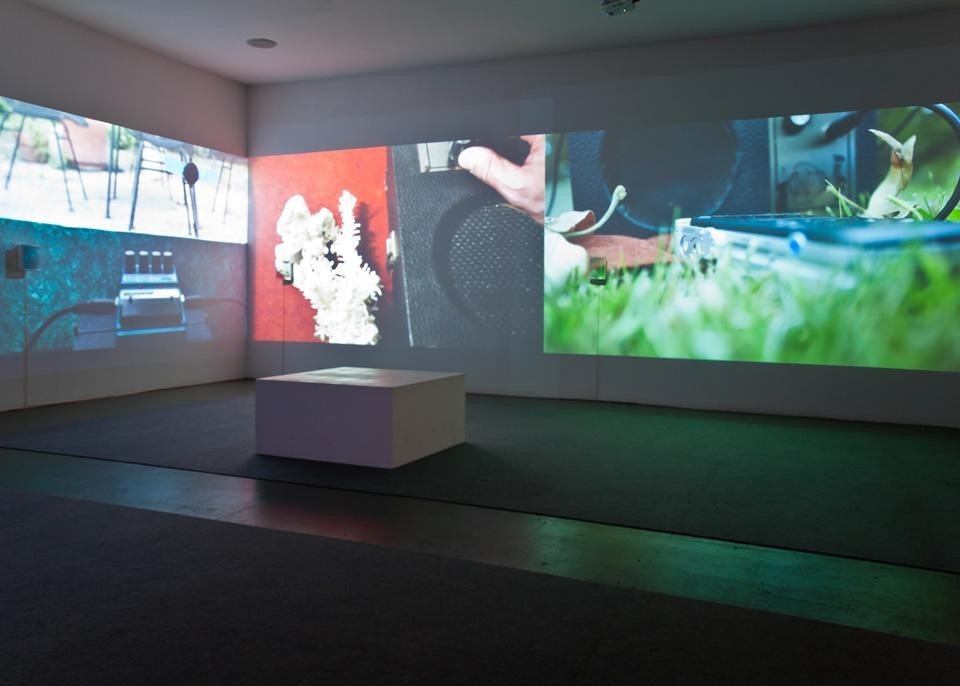
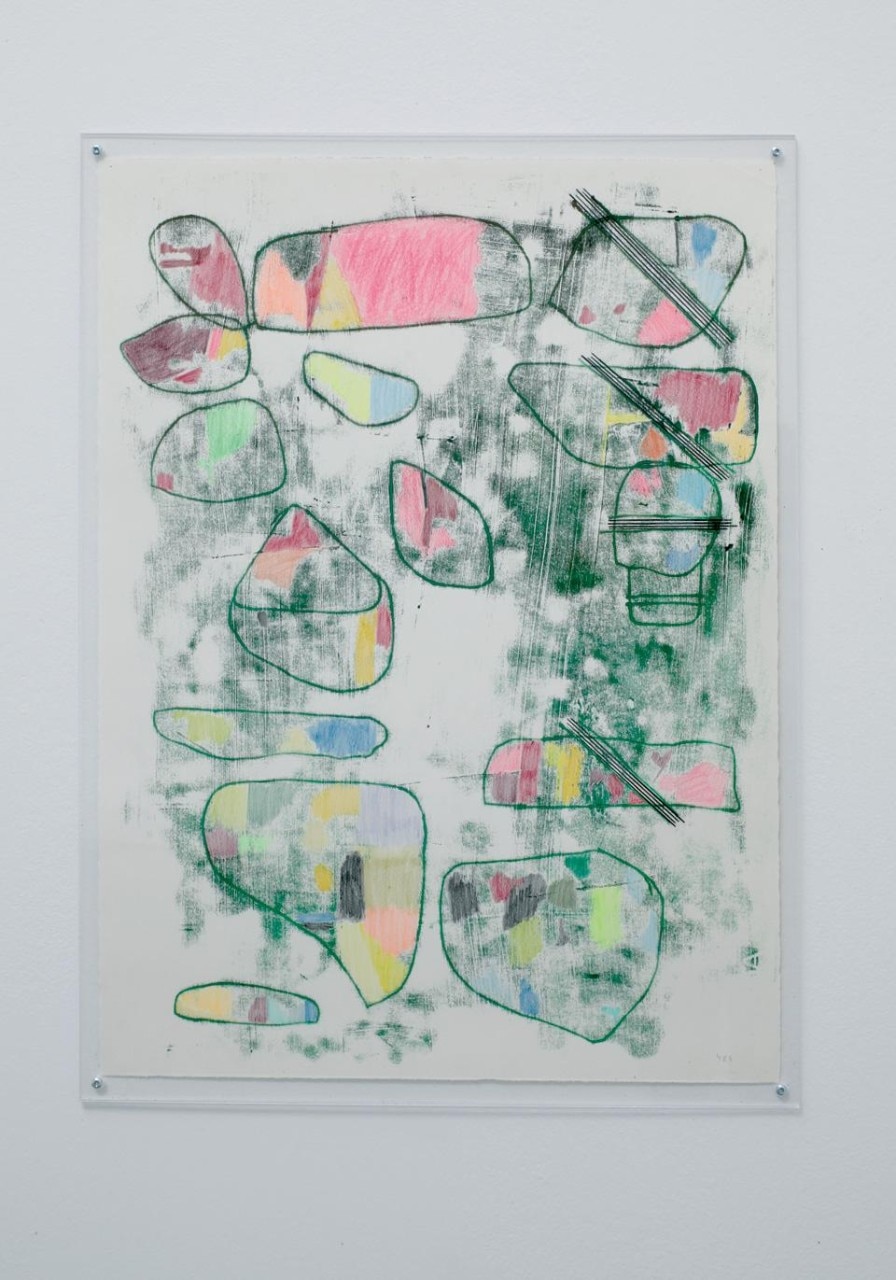
This exhibition does refer to its own process of building. But while it's certainly interesting to know the story of its conception, such knowledge is by no means a prerequisite. The work stands on its own, a kind of butterfly net for otherwise fleeting significances and observed happenstances. The seashell, for example, represents an object whose habitat is no longer an ocean, but, presumably, a box in the attic. The shell no longer runs the risk of being swallowed by the sea, but rather by archives, by time, by the fact that the number of people who care about it will continue to diminish. Likewise, it is easier to quote from Walter Benjamin's words than his unfamiliar language of symbols and colors. Like Graham's seashells or an old postcard, Benjamin's visual language is also "buried alive" in storage. But much like the "background" noise that suddenly comes to be regarded as a concert in 4'33", these objects and icons — visual "white noise" — become the main conversation of Roden's work.
This exhibition does refer to its own process of building. But while it's certainly interesting to know the story of its conception, such knowledge is by no means a prerequisite. The work stands on its own, a kind of butterfly net for otherwise fleeting significances and observed happenstances
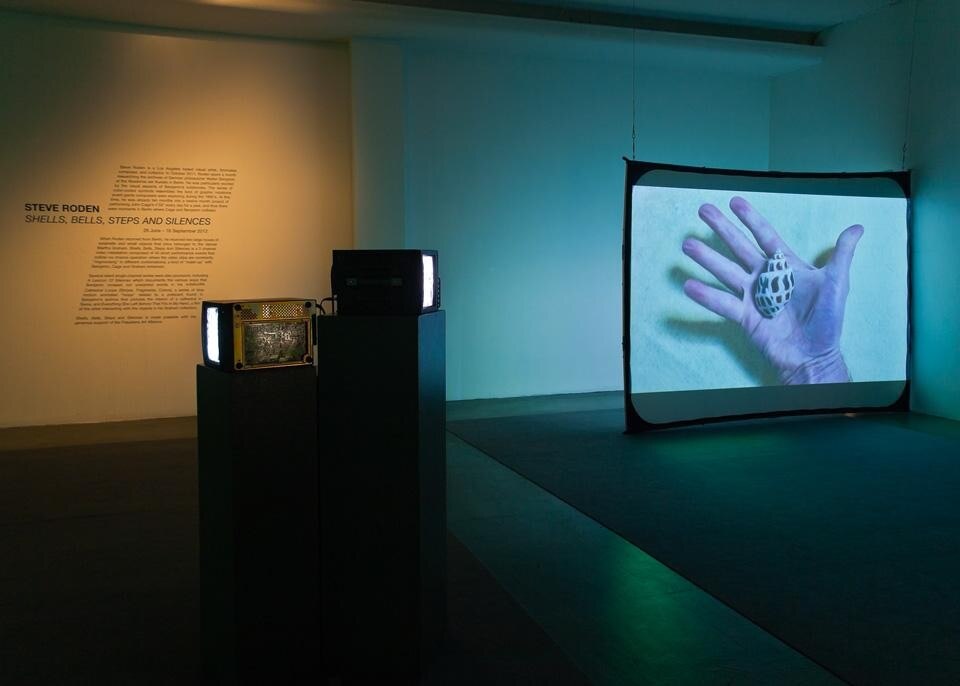
Roden shrugged at me, resigned to the fact that, for the moment, the project was not going to experience the quiet and contemplative setting that it would on any other day. But as the gallery doors eventually closed and the space grew progressively more silent, the exhibition's audio component came to the foreground, and the eyes readjusted to see art rather than people looking at art. My experience benefitted from the contrast. The ear, primed for the sound of humans, now heard their absence instead. And absence takes on a loud and cohesive tone in Roden's project: the absence of Graham and Benjamin, yes, but also the absence of control over chance, meaning, and spontaneity. And while some people are undoubtedly relieved when a noisy room suddenly grows quiet and free of distractions, arguably the more common reaction is one of anxiety or maybe solitude. The party's over.
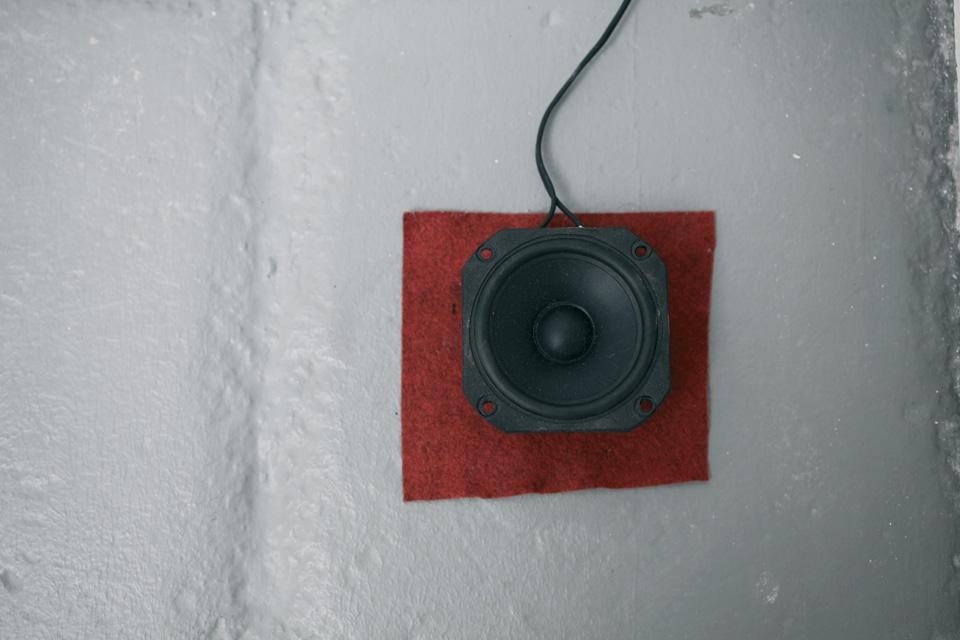
Through 16 September
Shells, Bells, Steps and Silences
LACE Gallery
Hollywood, Los Angeles


